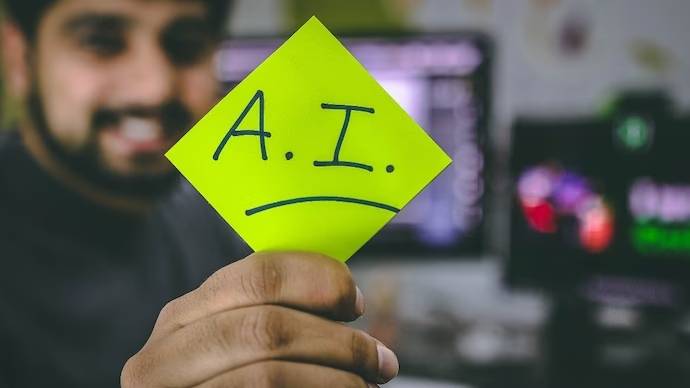In the midst of the digital era’s controversies, the alleged Kamangyan Vlogger Leak Video has ignited a firestorm of speculation. Focused on the “Naliligo” (Taking Bath) segment, questions arise about its authenticity. This article delves into the unfolding drama, exploring the role of AI and deep fake technology in the defamation of celebrities.

Kamangyan Vlogger Leak Video
The Kamangyan vlogger leak video has ignited a storm of controversy, captivating online audiences and raising questions about its authenticity. The footage, purportedly capturing intimate moments of the popular Kamangyan vlogger, has become a focal point of speculation and debate.
Users across various platforms are dissecting the content, scrutinizing every detail to determine whether it is a genuine representation or a product of manipulation, possibly through deepfake technology.
The proliferation of advanced video editing tools and AI-driven deepfake algorithms adds a layer of complexity to the investigation. These technologies can seamlessly alter and fabricate videos, making it challenging to discern truth from falsehood.
As the controversy unfolds, the Kamangyan vlogger leak video highlights the broader challenges posed by the era of digital manipulation, where the authenticity of online content is increasingly difficult to ascertain.
The incident prompts a critical examination of the reliability of visual information in the digital age, emphasizing the need for vigilance and discernment in navigating the complex landscape of online media.
Is Kamangyan Naliligo (Taking Bath/Bathroom) Video Real?
The authenticity of the “Kamangyan Naliligo” (Taking Bath/Bathroom) video has become a contentious issue, captivating online audiences and fueling speculation. As the controversy unfolds, distinguishing between reality and potential fabrication remains challenging.
Users across various platforms engage in heated debates, attempting to ascertain whether the footage is genuine or a product of manipulation. The proliferation of advanced technologies, such as deepfake algorithms, further complicates the evaluation process, as these tools can seamlessly create realistic simulations of individuals in compromising situations.

Social media platforms, notably TikTok, have become arenas for discussions and analyses, with users dissecting the video frame by frame. The quest to determine the video’s authenticity underscores the broader challenges faced in an era where digital manipulation blurs the lines between truth and deception, leaving audiences grappling with uncertainty in the face of sensational online content.
AI and Deepfake to Defame Celebs
The advent of artificial intelligence (AI) and deepfake technology has ushered in a concerning era where these tools are employed to defame celebrities with unprecedented sophistication.
Deepfakes, powered by AI algorithms, allow for the creation of highly convincing fabricated content, such as manipulated videos and audio recordings, often depicting public figures engaging in inappropriate or scandalous behavior.

This malicious use of technology raises formidable legal and ethical challenges, as existing frameworks struggle to keep pace with the evolving capabilities of AI. Celebrities find themselves vulnerable to character assassination through the seamless production of false narratives, impacting their personal and professional lives.
The rise of virtual influencers and AI-generated personas further blurs the distinction between reality and fiction, exacerbating the risks of reputational harm. As society grapples with the consequences of AI-driven manipulation, the need for robust legal safeguards and ethical considerations becomes increasingly apparent to protect public figures from the insidious threat of deepfake defamation.


